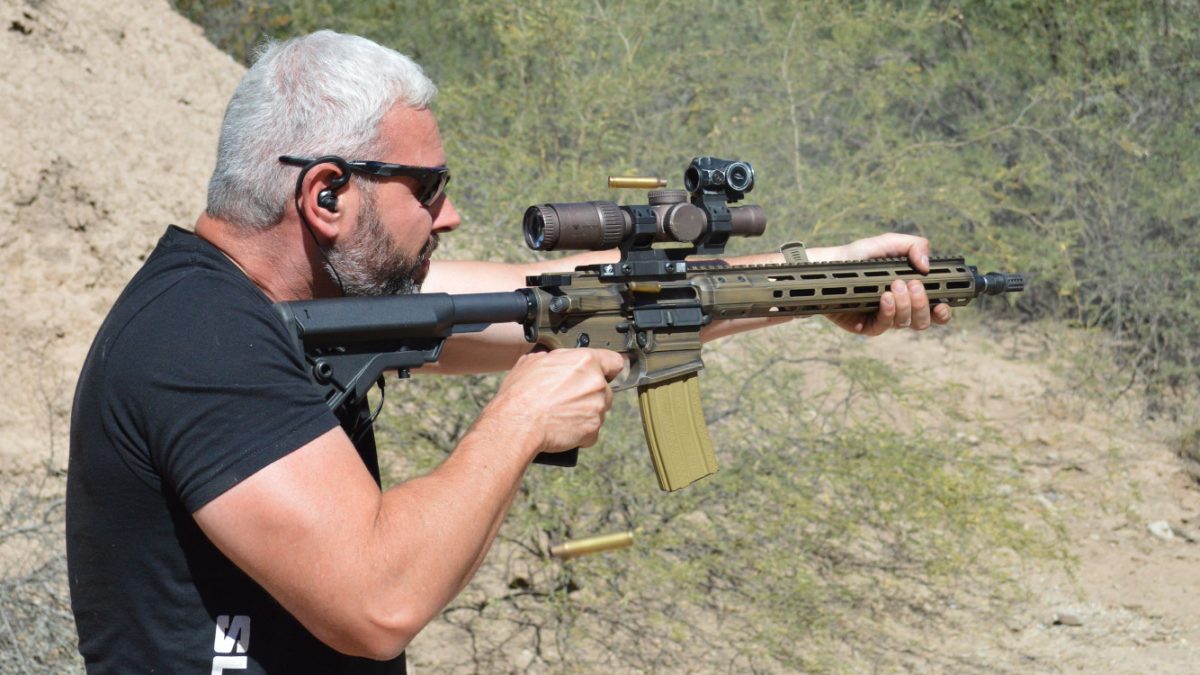It can be argued that the AR-15 platform has been pushed to its mechanical apex. The near-infinite supply of aftermarket solutions for everything from triggers and BCGs to buffer systems, gas blocks, and muzzle devices means that there’s a combination of parts available for everyone’s perfect rifle.
But old-fashioned American ingenuity doesn’t know when to leave well enough alone, and a cottage industry of boutique designers continue to push our national rifle to the bleeding edge of performance possibilities.
It’s often said that the soul of a rifle is its barrel. Accuracy, recoil, weight, and balance can all be directly tied back to what rests beneath the handguard. While this list is far from exhaustive, we’ve rounded up some of the more unique and innovative AR barrels currently on the market to examine how some folks continue to evolve Stoner’s masterpiece.
Rosco Manufacturing 16-inch K9
- Make: Rosco Manufacturing
- Model: Barrel & Hatchet Training Group Signature K9
- Length:16 inches
- Material: 416R Stainless
- Gas System: Intermediate
- Contour: Continuous Taper
- Twist: 1:7
- Chamber: 5.56mm NATO
- Weight: 34.5 ounces
- Price: $225
The 16-inch barrel is perhaps the most proliferated barrel length in the commercial market, since it’s as short as you can go without the hassle of a $200 permission slip from the ATF. Several years ago, Rosco booted up their K9 series of barrels as a product line focused on pushing their design team outside the norm.
The latest release in this line is a 16-inch offering in collaboration with the team at Barrel & Hatchet Training Group. B&H is a training company owned and operated by currently-service Air Force Special Operators, with a focus on helping build a prepared citizenry in the minuteman spirit of the founding fathers. The entire K9 line uses 416R blanks that are button-rifled and black nitride coated with the intent of balancing performance and durability.
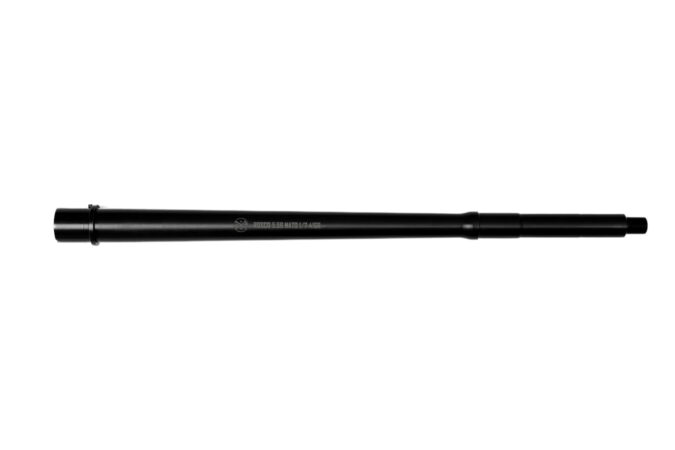
The BHTG K9 barrel sports a continuous taper and an intermediate length gas system—between mid- and rifle-length—to minimize recoil while keep the bulk of barrel weight at the receiver end. The 5.56mm NATO spec chamber and USGI 1:7 twist optimizes this barrel for military grade service ammo.
FOR Systems 14.6-inch Rifle Length
- Make: FOR Systems
- Model: 14.6 Rifle Length
- Length:14.6 inches
- Material: 4150 CroMV
- Gas System: Rifle Length
- Contour: Continuous Taper
- Twist: 1:8
- Chamber: .223 Wylde
- Weight: ???? ounces
- Price: $229
Front Of Rifle systems is a small shop with a single barrel offering. That tube is a 14.6-inch 4150 CMV with a full rifle-length gas system and large-for-length 0.110 gas port. (For reference, the typical port size on a 14.5-inch mid-length barrel is 0.076 or 0.078.)
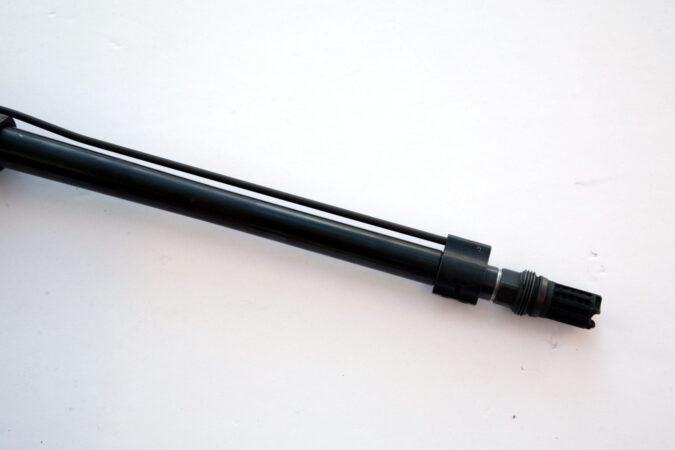
FOR claims that this gas setup is optimized to run suppressed, with less sensitivity to the back pressure that comes with screwing a can to the front of a barrel otherwise engineered to run without one. 4150 is the de facto industry standard for barrels, and is well-documented for its endurance and versatility.
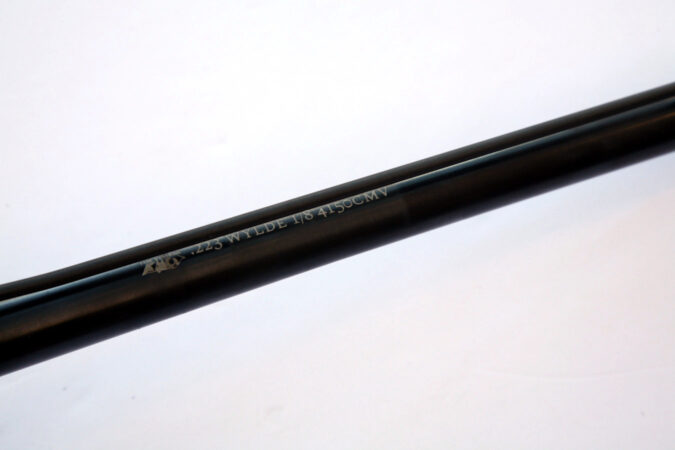
The large gas port is engineered for new generation, low back pressure suppressors, but will run equally as smooth unsuppressed. Its 1:8 twist and .223 Wylde chamber will accommodate both 5.56mm and .223 caliber ammunition. Every spec on this barrel is designed for maximum versatility and, if you pin-and-weld your muzzle device, you still avoid the need for SBR registration.
X2 Dev Group 12.5-inch Trident
- Make: X2 Dev Group
- Model: Trident
- Length:12.5 inches
- Material: 416R stainless
- Gas System: Carbine +1
- Contour: Step-down fluted
- Twist: 1:8
- Chamber: .223 Wylde
- Weight: 18.5 ounces
- Price: $714.95 (with required gas tube)
The X-2 Dev Group Trident Barrel line is an ultra-premium offering that has it all – high precision, light weight, and low recoil.
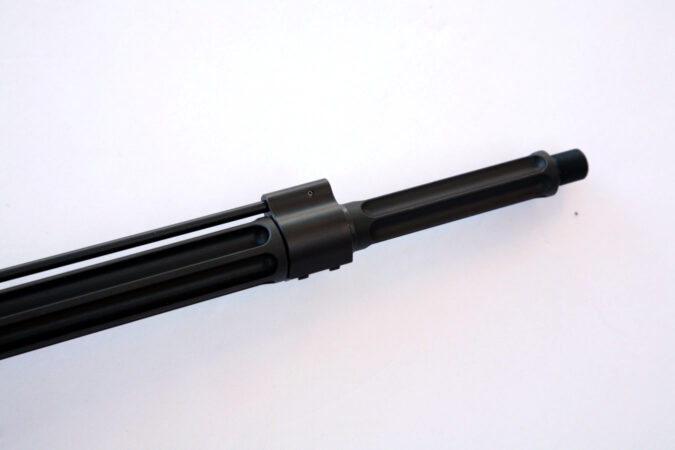
Their step-down design balances the barrel towards the shooter but also features a series of deep flutes that X2 says are meant to act as “opposing I-beams” to enhance barrel stiffness and offer superior heat dispersion. Available in 16-, 14.5-, and 12.5-inch lengths, we chose the latter for its unique “Carbine +1” gas system which, as the name implies, is one inch longer than standard Carbine gas systems to increase dwell and decrease back pressure.
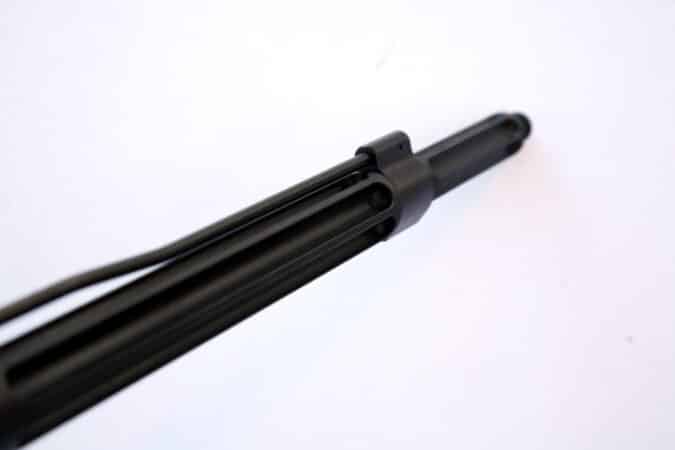
This barrel also comes with a .223 Wylde chamber and 1:8 twist for maximum versatility in ammo compatibility. They offer a sub-MOA guarantee “with quality ammunition” and advertise consistent grouping and POI through 473 degrees Fahrenheit. So don’t hesitate to run this barrel hard just because it’s a little more expensive than the rest.
H-M Defense 12.5-inch Monobloc
- Make: H-M Defense
- Model: Monobloc
- Length:12.5 inches
- Material: 4150 CroMV
- Gas System: Mid-length
- Contour: Step-down
- Twist: 1:8
- Chamber: 5.56mm NATO
- Weight: 26.2 ounces
- Price: $345.99 (with required gas tube)
H-M Defense is a defense contractor that makes a variety of products for various military consumers, and it shows in their barrel design. The 4150 tube is chrome-lined, finished in managanese phosphate and chambered in 5.56mm NATO.
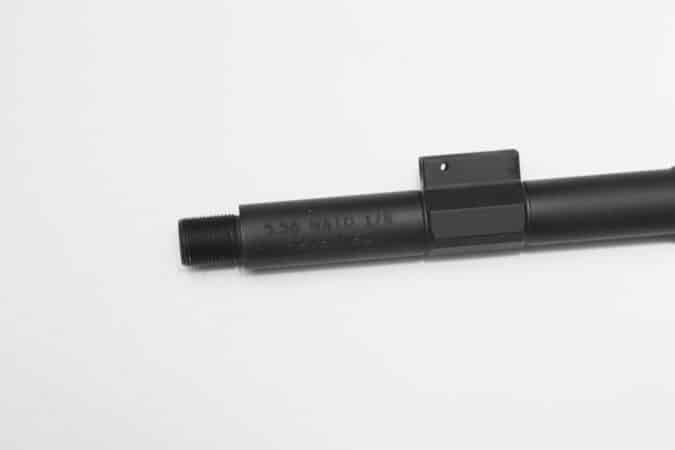
What sets them apart is the monobloc design, wherein the gas block is integrally machined into the barrel. No need for a separate gas block. H-M claims this eliminates all possibility for gas seepage that may come with a separate collar design of a conventional gas block. The increased gas efficiency allows them to utilize a true mid-length gas system on the shorter 12.5-inch barrel.
These barrels are available exclusively through Lead & Steel for the commercial market.
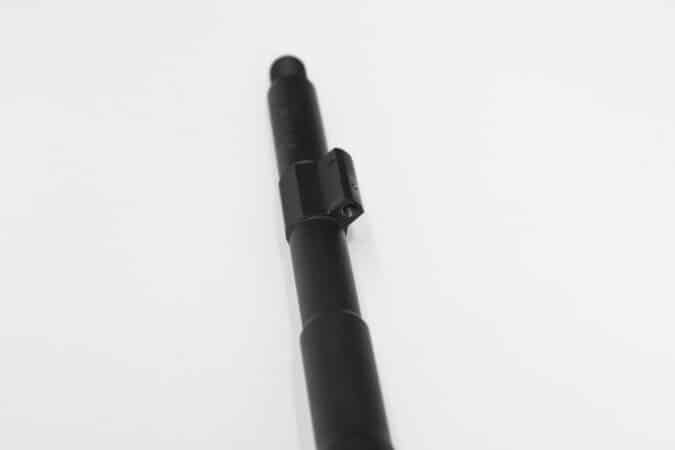
Special Ops Technology 5.9-inch .300 BLK
- Make: SOT Manufacturing
- Model: Siphon
- Length: 5.9 inches
- Material: 4150 CroMV
- Gas System: Pistol length
- Contour: SOT Custom Heavy Profile
- Twist: 1:7
- Chamber: .300 BLK
- Weight: 17.5 ounces
- Price: $184.99
Special Ops Technology offers barrels in multiple lengths and calibers, but their Siphon line takes a unique approach to gas flow efficiency, through the use of an angled gas port.

They claim this eliminates the 90-degree turn in gas flow required in traditional port design, and lets them utilize longer gas system lengths in shorter barrels. In the case of this particular sample, the gas block sits right at the back of the barrel threads, maximizing dwell time and minimizing overall pressure in the system.
READ MORE
Read the full article here

